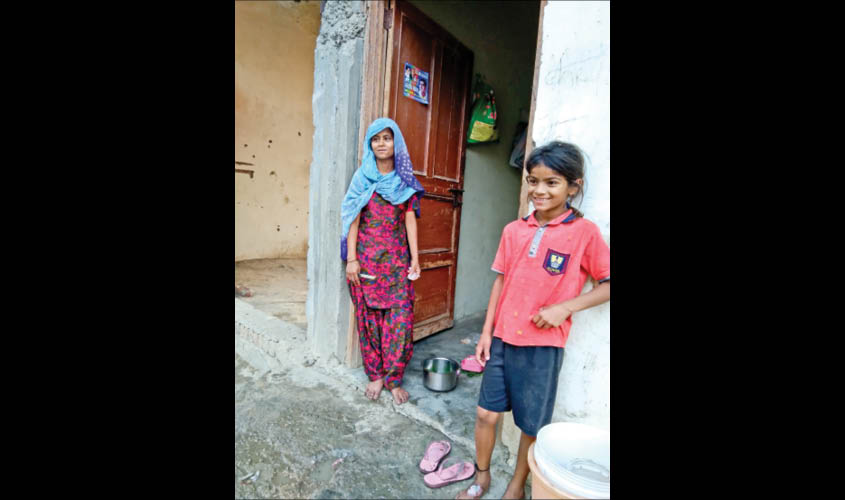New Delhi: India has seen a decline of 30.3% in the number of child marriage cases over the years, though some cases of the age-old practice have been observed in rural areas till date.
Data from the government’s 2016 National Plan of Action shows that there has been a decline in the number of child marriages. “In India, between National Family Health Survey (NFHS-3) (2005–06) to Rapid Survey on Children (RSOC) (2013–14), there has been a considerable decline in the percentage of women, between the ages 20–24, who were married before the age of 18 (from 47.4% to 30.3%),” states the report.
However, speaking to The Sunday Guardian, Sapna, who lives in Uttar Pradesh’s Safipur village, said that she was married when she was 12. “I was quite young when my parents married me off. We don’t question anything and do whatever our parents tell us to do,” she added.
Mother of five children, Sapna, who is in her mid-20s and hails from Banaras, claimed that she was unaware that child marriage was illegal in India. Coming from a poor background, her parents married her off when she was 12. She had her first child soon afterwards.
Despite stern laws and implementation, people ignore the consequences and marry off their children at a young age. Factors like poverty, illiteracy, traditional customs and gender norms play a major role in this practice.
Like Sapna, Reena Kumari, a migrant from Bihar, who has been living in Delhi for years, was married when she was a child. She said: “I don’t remember the age when I was married.” Coming from a poor background, Reena Kumari, who is a mother of eight and works as a household maid, is in her late 20s. Her eldest child is 14-years-old.
In 1929, the government passed a law banning the practice, and it was updated again in 2006. Today, women under 18 and men under 21 cannot legally get married. Parents or older spouses can be punished with up to two years in prison for child marriage.
Besides that, various child-centric legislations have been placed, such as the Juvenile Justice Care and Protection Act (2000) and the new Juvenile Justice (Care and Protection of Children) Act of 2015, establishment of the National Commission for the Protection of Child Rights (NCPCR) (2005), the Prohibition of Child Marriage Act (2006), the Right of Children to Free and Compulsory Education Act (2009), the Protection of Children from Sexual Offences (POCSO) Act (2012), and Child Labour (Prohibition and Regulation) Amendment Act, 2016.
On this issue, even non-government
Speaking to The Sunday Guardian, Ashutosh Mishra, programme coordinator, Bal Mitra Graham, said that the plan focuses on the rural parts of India. “The aim of Bal Mitra Graham is to prevent all forms of exploitation of children, including child labour, child marriage and trafficking, and child abuse in the villages. The programme also ensures education in the villages under the Right to Education Act,” he said.
Meanwhile, the organisation has claimed that they have intervened and stopped about 79 child marriages in six different districts of India between April 2018 and March 2019.
Mishra also said that since the programme has been implemented, children themselves have raised their voices against child marriages in their areas.
“We have seen cases where children themselves have stopped child marriages in their areas in the community. This was possible due to the engagement with the children, through which they really came forward. Through different mediums, we asked children to tell us whether there are any cases of child marriages in the area and they opened up and in some cases stopped the practice themselves,” he added.

